American Hauntology
The Saturday after my dad’s memorial, we drove back down to my parents’ place in Southern Iowa, a remote acreage of oak savanna they have been restoring since the late eighties. The weather was weird, in the way it almost always seems weird in this third decade of the twenty-first century. When we arrived two days earlier it had been in the twenties, but now a strong hot wind was gusting up from the south, and you could have thought it was summer but for the ripe red, orange and yellow leaves not yet fallen from the tall old trees.
My cousin Karl, a homicide detective from Las Vegas, came down later in the afternoon and we went for a walk out along the western edge. When I was up there three weeks earlier the goldenrod was in full bloom, but now it was faded to some browner shadow, yet still so rich, the colors of rare sugars slowly cooked. The milkweed pods along the pond had all popped, but only a few of their silk-haired seeds had taken to the air. Down in the bottoms, the creek was bone dry, something I’ve never seen up there, as was the boggy seep in the nook of the meadow. Signs of a long dry summer just ended. But the prairie had gotten enough water to grow, and when we got up atop the hillside where the property ends, the wind pushed the light across the tall grass like when a gust rushes across a calm sea. A lone raptor flew over us, too high to identify with confidence. It looked bigger than a hawk but harder-working than a vulture, and as it worked its way across the distant ridgeline, we wondered if it could be an eagle.
The next morning my adult son, toddler daughter and I went out again, following the path down along the wetter creek and then up the steep washboard hill through the bur oaks. As we walked, the leaves were beginning to fall, and the turkey feathers were everywhere in our path—black and white wing feathers vaned like zebras, and downy brown tail feathers shaped like fuzzy little fans. Our daughter learned to spot them, and collect them, and then she and her big brother began to skip. Every once in a while she would reassure me that “we will find Papa.”
We headed out for the hour drive to the airport a little before noon. And just as we pulled out on the gravel road that connects the farm to the old highway, and crossed the little bridge that traverses the creek, we saw another strange bird. It was big, with wide, lazy wings, coasting low in the thermals over a dried out cornfield, very close to our vehicle. Backlit by the late morning sun, gliding without moving, it looked almost like a shadow. Until the underwings finally caught the light, and you could see the mottled splotches of dark and white in its feathers, like a Jackson Pollock variant of herringbone tweed. A juvenile bald eagle, checking us out in the unwary way of young birds, as we stopped and opened the windows to do the same. Bill coming to say goodbye, said my wife.
It lingered there for a long still moment, only flying off when we started rolling again. I could see it when I looked back, headed toward that same ridgeline. One of those birds whose presence in your mind persists long after it disappears from view.
When we got home to Austin that evening, we went straight to my in-laws’ for family dinner. And as soon as we walked in the door, my nephew and niece had me go back out with them to retrieve something the boy had left in his tia’s car. As we stepped into the twilight street, we heard a pack of coyotes yipping close by—an unexpected sound in a residential neighborhood five minutes from downtown. My brother-in-law said he had seen one of them that morning, where the street they live on terminates at a little pocket of urban woods behind the old power plant. I wonder if they will be out, when the trick or treaters come. They say dogs can see ghosts better than we can.
Halloween Nature Reading
I’ve had ghosts on my mind for other reasons, not just the arrival of Halloween. I started writing my new book in earnest this week upon my return from eulogizing my dad, working on a chapter about how to get lost in the woods without leaving the city. In the evenings, reading as research, I’ve been rediscovering the work of Merlin Coverley, an English author who is remarkably good at writing about writing about walking. Which ends up including a lot of writing about walking with ghosts.
Earlier this year the writer Jeffrey Ford reminded me of Coverley’s excellent book Psychogeography, which I bought when it first came out in 2006, and a revised and updated edition of which was published in 2018. I then discovered Coverley’s 2012 book on similar subjects, The Art of Wandering: The Writer as Walker, which I was able to find a copy of at the Austin Public Library. And Coverley’s most recent book, Hauntology (2020), which I hope to dig into in time for Monday’s holiday—a Halloween read that ranges “[f]rom Dickens to Derrida, MR James to Mark Fisher; from the rise of Spiritualism to the folk horror revival.” All of these books are what one might call popular intellectual histories, critical surveys of contemporary cultural trends, often at the edges of the avant-garde, that have otherwise mostly evaded any book-length synthesis.
All of these books document variants of the practices after which Coverley titled the first of the books—methods of opening the doors of perception by hacking the way you travel through urban space, often through occult means. He opens with this handy epigram-as-spell from Robert Macfarlane, who, since he wrote the TLS piece from which the quote is excerpted in 2005, has become perhaps the most successful (and certainly the most lexicographically masterful) contemporary nature writer in the English language:
Psychogeography: a beginner’s guide. Unfold a street map of London, place a glass, rim down, anywhere on the map, and draw round its edge. Pick up the map, go out into the city, and walk the circle, keeping as close as you can to the curve. Record the experience as you go, in whatever medium you favour: film, photograph, manuscript, tape. Catch the textual run-off of the streets; the graffiti, the branded litter, the snatches of conversation. Cut for sign. Log the data-stream. Be alert to the happenstance of metaphors, watch for visual rhymes, coincidences, analogies, family resemblances, the changing moods of the street. Complete the circle, and the record ends. Walking makes for content; footage for footage.
I used to joke that the type of urban wilderness exploration I’ve been documenting in this newsletter, and doing since around the time Macfarlane wrote that essay, is what you could call eco-psychogeography. I’m not crazy about taxonomic labels, whether cultural or natural historical, but the Situationists of 1950s-60s Paris were onto something in giving a name to a set of intentional practices designed to liberate the mind by actively resisting the ways the city wants to control your circulation within it. And those methods really do work to help you see ghosts—the specters of the human and natural past hiding in plain sight.
“Sous les pavés, la plage.” The famous koan from the riots of 1968 encodes the Situationist mode of how to see the city differently. My interest is not so much what’s beneath the pavement, as what you can find when you step off it. Especially when I get to thinking, re-reading Coverley, how much of what the Situationists and all the varied flâneurs and urban stalkers who came before and after them seems to really be about finding ways to express our essentially nomadic natures, as the descendants of free-ranging hunters and foragers, within the urban milieu our dominion over nature has built.
For a good online introduction to psychogeography, the Wikipedia page is pretty deep, and no doubt has many portals to your first dérive.
A very different sort of great writer about cities, and the way natural history sometimes overlaps with political economy, died this week: Mike Davis, author of City of Quartz, Ecology of Fear, Planet of Slums, several other great books, and a catalog of essays and other short writings that pioneered a mode of writing that, for me, coupled the incisive critique of radical thinking with the imaginative vision of dystopian literature. I got to hear Mike Davis speak a decade ago in Austin, and even more than his remarks, I was struck by his integrity—a writer and professor who would take sabbatical years to work as a union truck driver. He left a huge mark, and will be missed.
If you are interested in checking out Mike Davis’ work, Verso Books has new editions of what it’s calling “The Essential Mike Davis,” and it’s all on sale right now in recognition of his passing. Readers of this newsletter might especially like Ecology of Fear, which is about Los Angeles through the prism of disaster movies in which the city is destroyed (no less than 138 times in books and films since 1909).
For more on the plumage of juvenile bald eagles, check out this excellent guide at Avian Report.
And for some notes on the scary things you can find in the urban woods, see the Halloween 2021 edition of Field Notes, “Beautiful Horror.”
Speaking of Jeffrey Ford, his stories make for excellent Halloween reading, and he has two great recent collections out from Small Beer Press: Big Dark Hole and A Natural History of Hell. Also from Small Beer Press is the collection Malvern Books recommended this week as their October 27 book of the day: Richard Butner’s 2022 collection The Adventurists, which Publishers Weekly deemed “flawless,” and which includes some amazing and uniquely Gen X haunted house stories.
Have a scary (but safe) week.


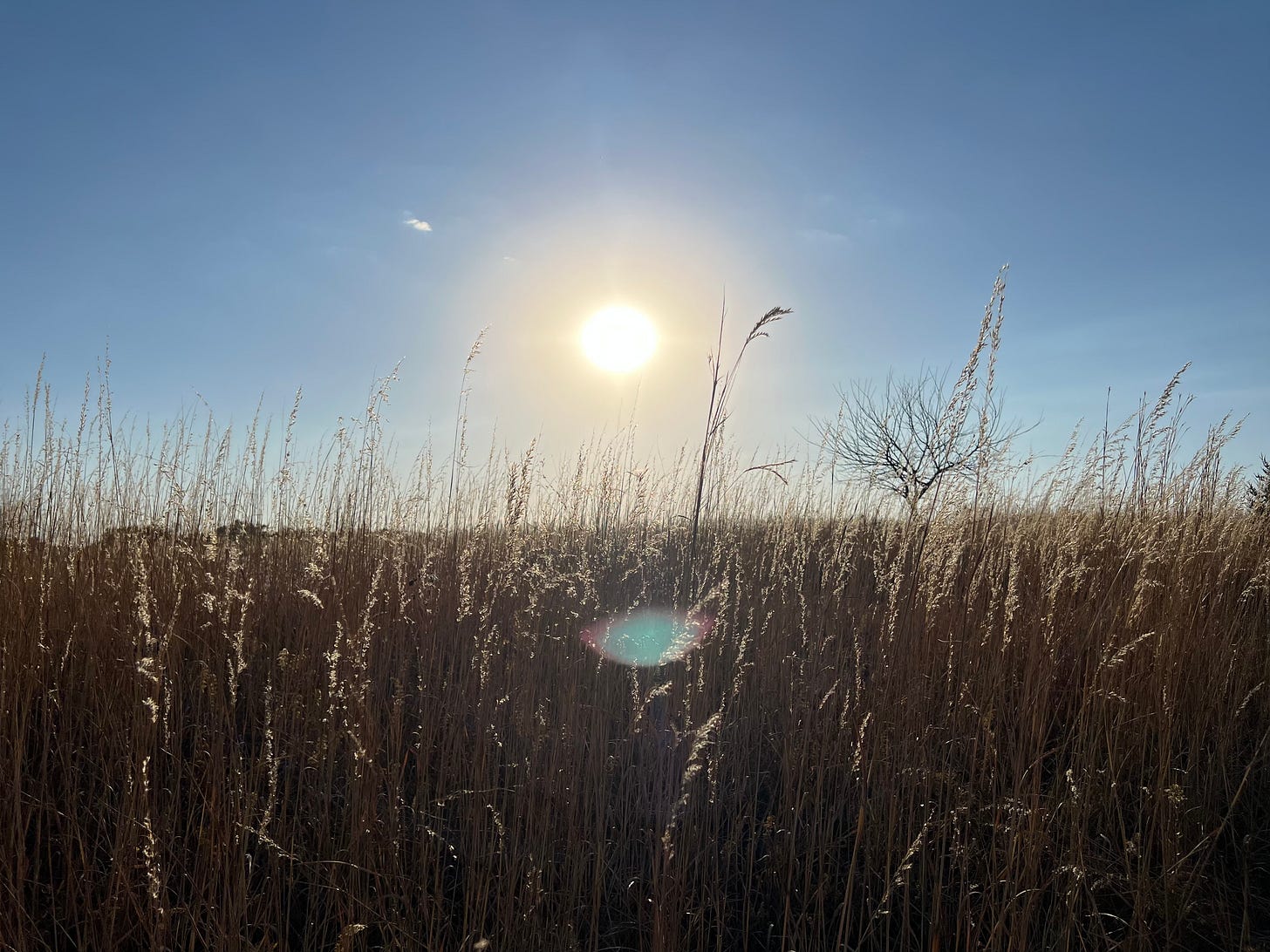
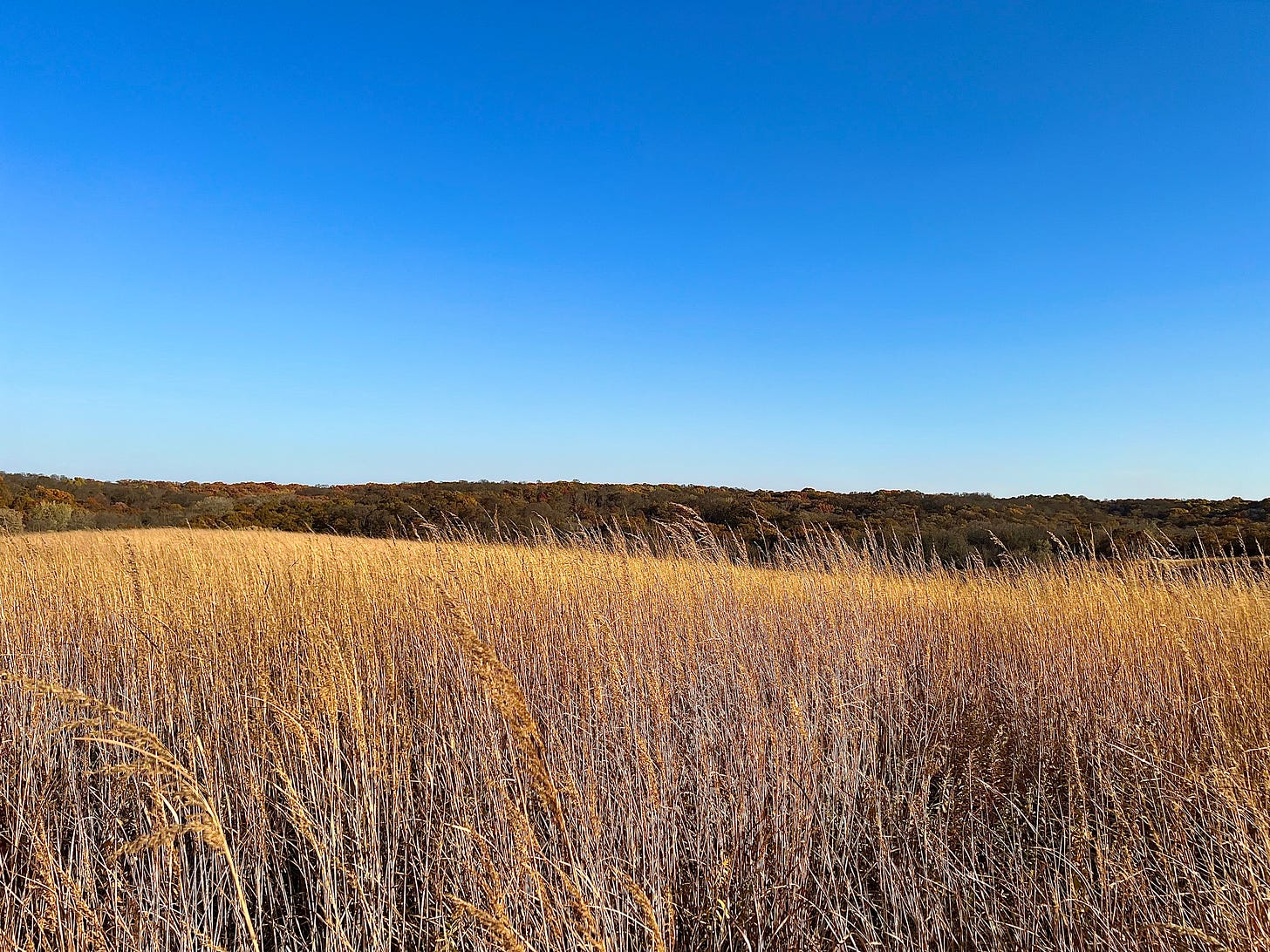
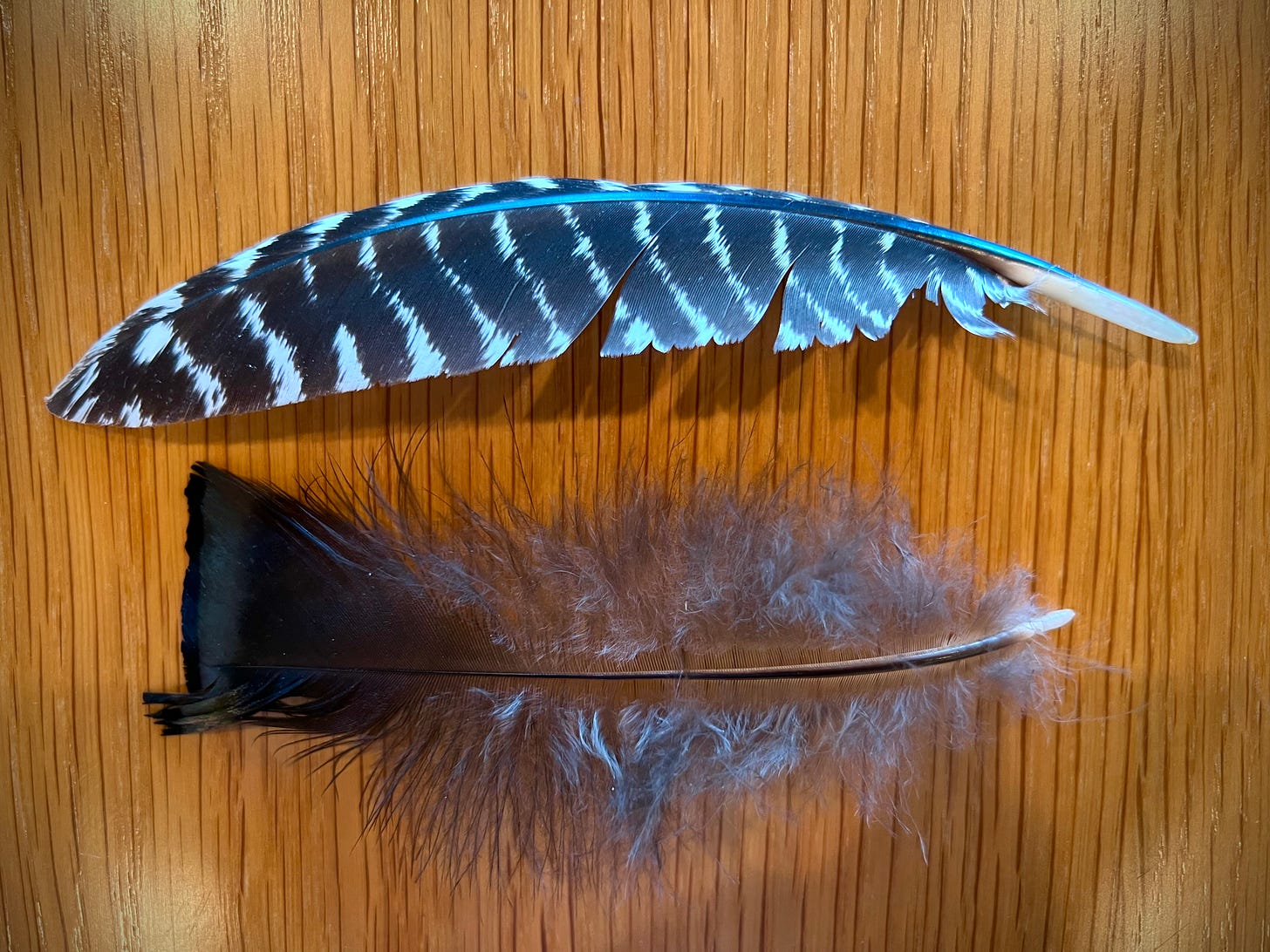

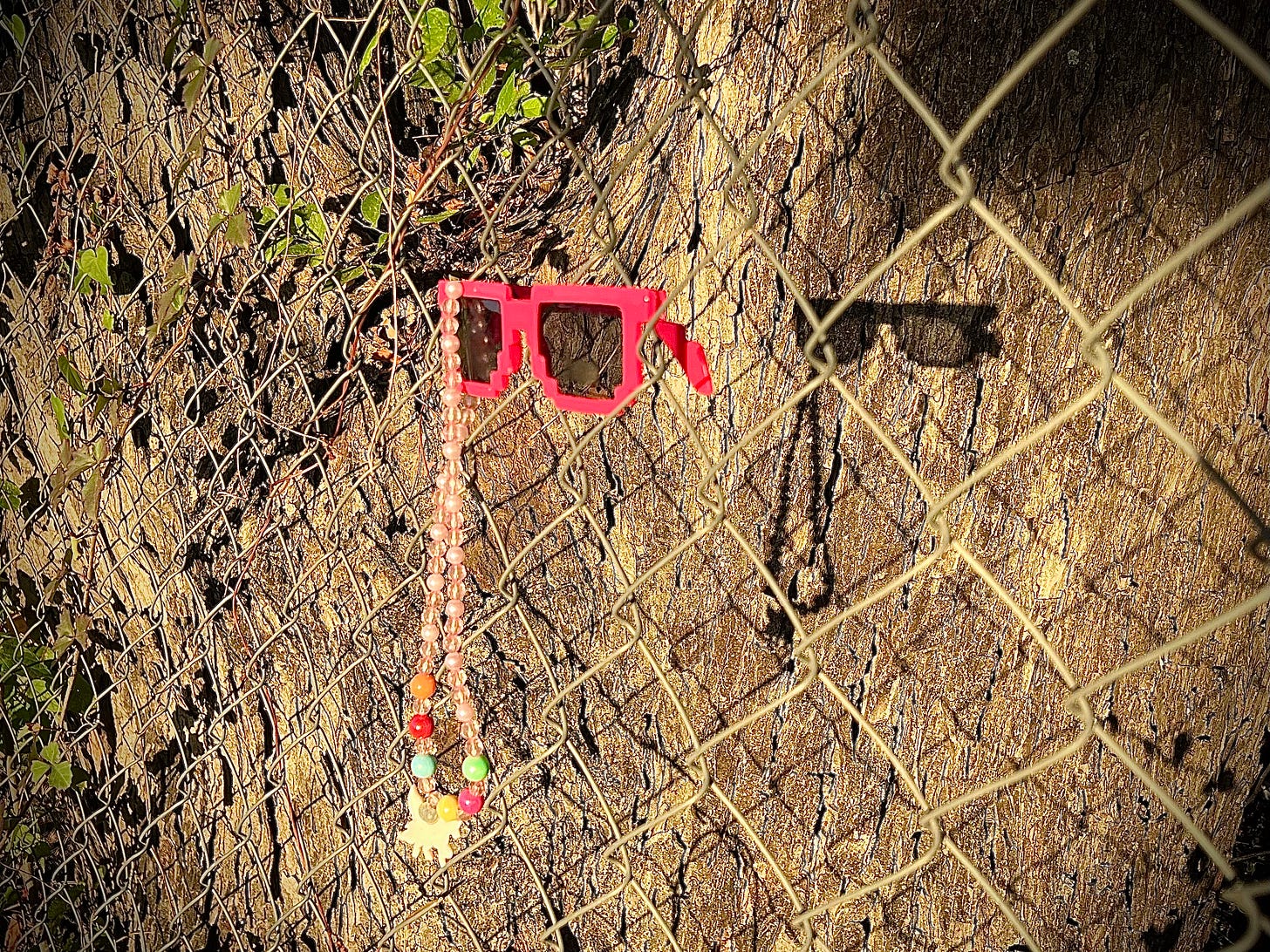
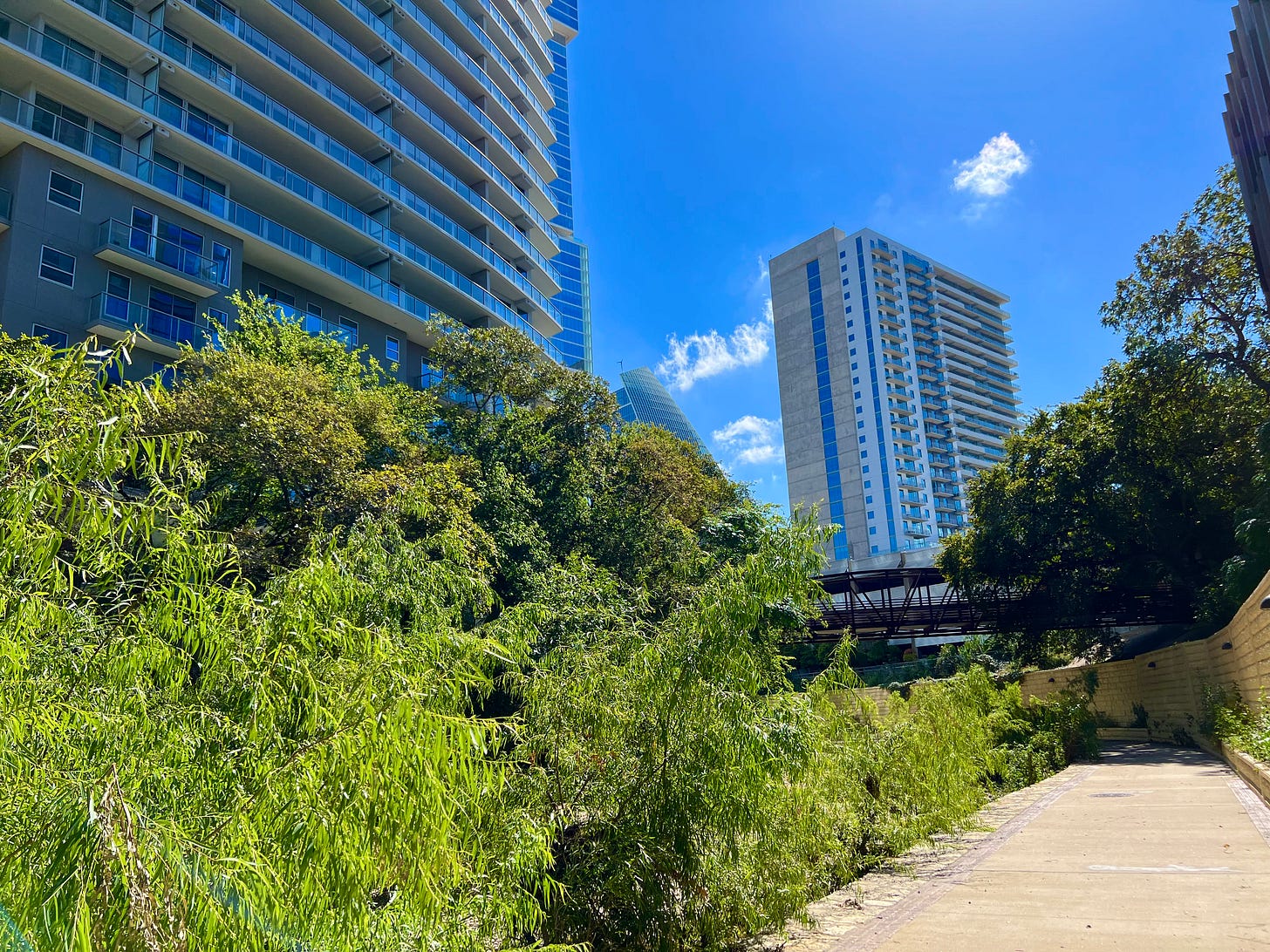
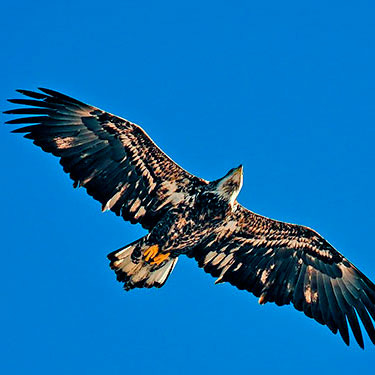
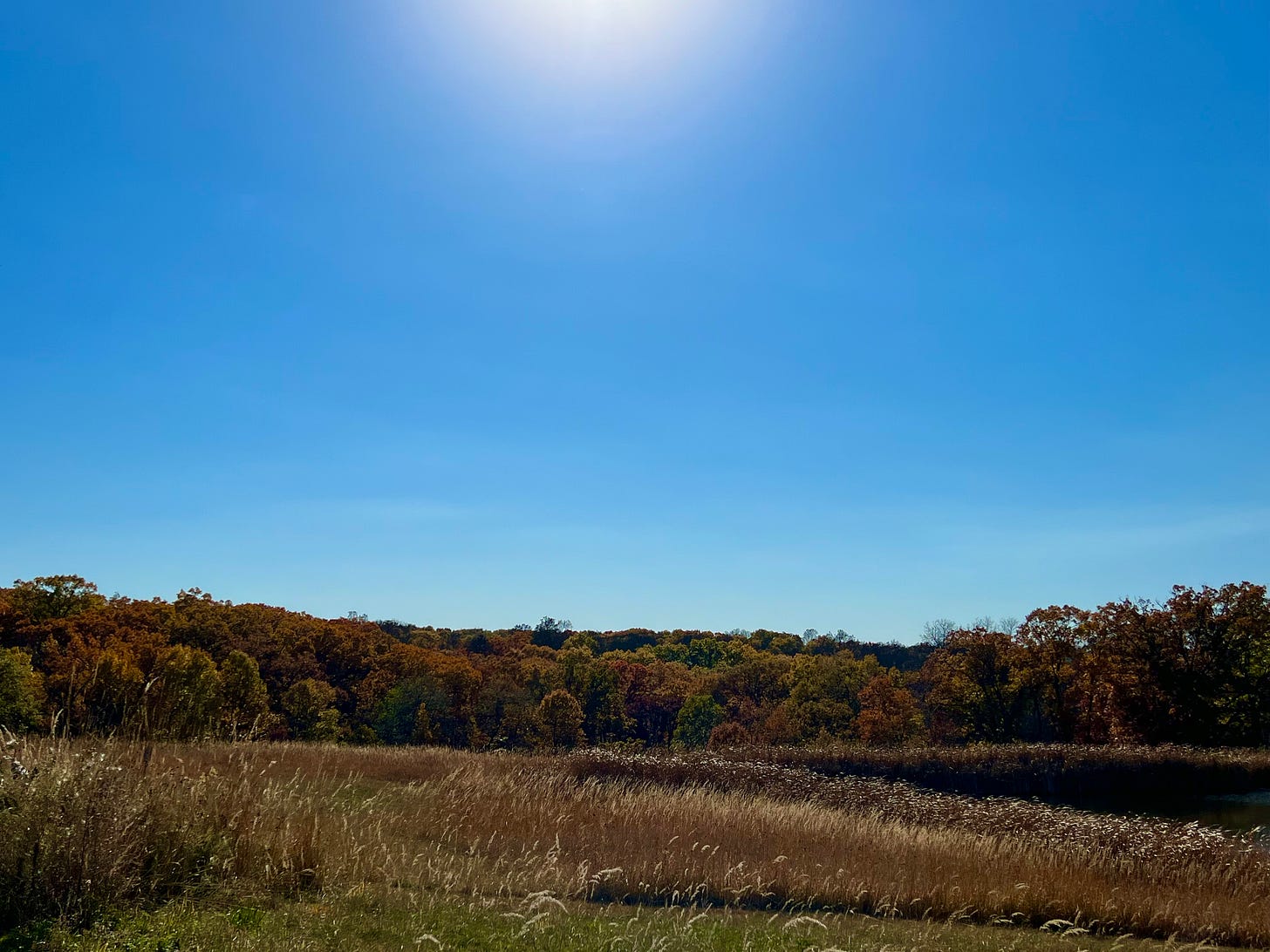
Mike Davis - what a guy. So often on target. His writings are launching pads.